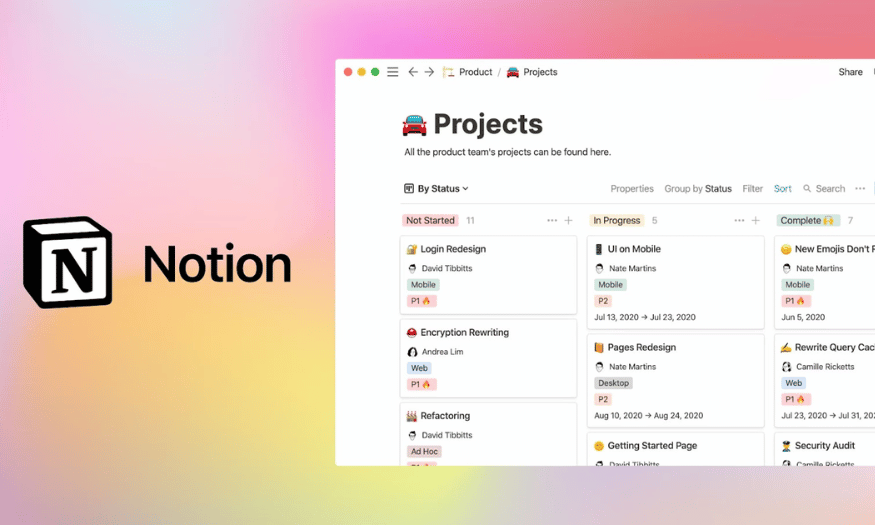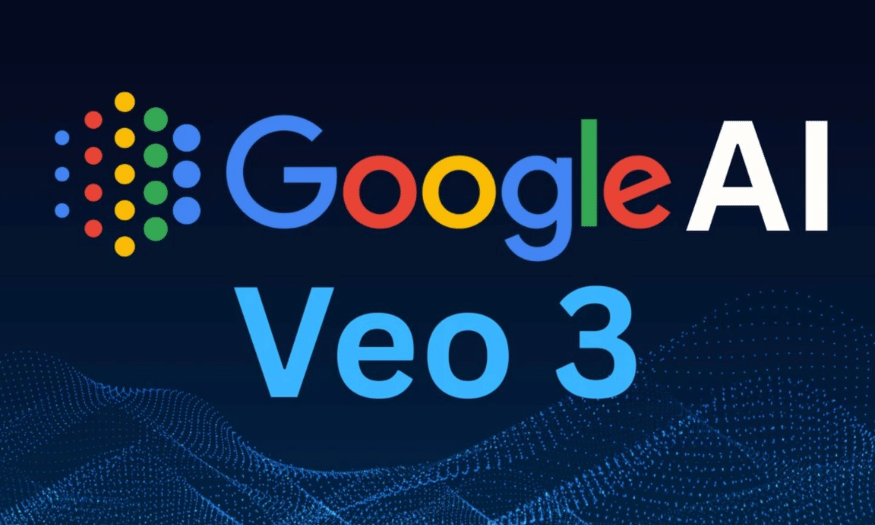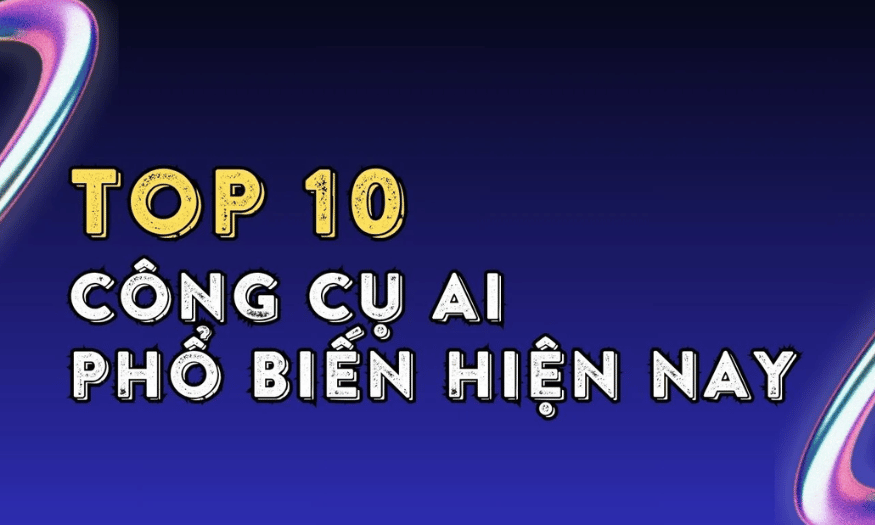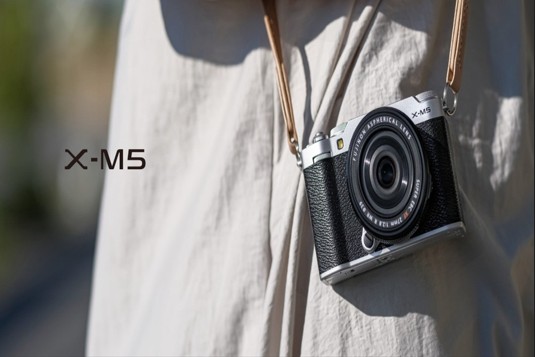Best Selling Products
Google Veo 3 vs OpenAI Sora Comparison: Who Is The #1 Video Creator In 2025?
Nội dung
- 1. Overview of Google Veo 3 video creation model
- 1.1 Google Veo 3
- 1.2 Technical highlights
- 1.3 Ideal application
- 2. Overview of Sora's video creation model
- 2.1 OpenAI Sora
- 2.2 Technical highlights
- 2.3 Featured Applications
- 3. Comparing Google Veo 3 and OpenAI Sora
- 4. Ethical impact and change in the creative industries
- 5. Conclusion: Who will lead in 2025?
AI-generated video has become an integral part of modern life, opening up new ways to create and experience content. From education to entertainment to advertising, AI video creation tools are changing the way we interact with images. In this context, Google Veo 3 and OpenAI Sora have emerged as two giants in the technology field, each offering unique and innovative solutions. Google Veo 3 focuses on deep integration with Google services, while OpenAI Sora stands out for its ability to create rich and sharp content through deep learning algorithms.
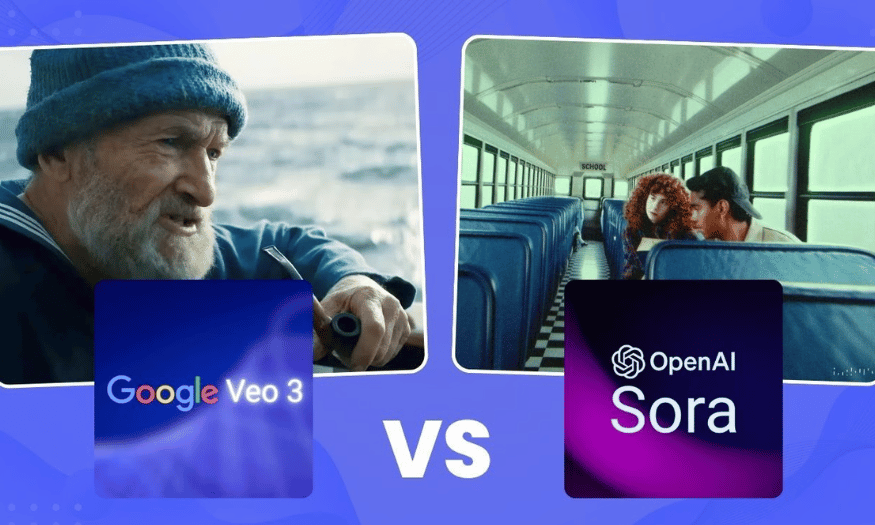
AI-generated videos have become an integral part of modern life, opening up new ways to create and experience content. From education to entertainment to advertising, AI video creation tools are changing the way we interact with images. In this context, Google Veo 3 and OpenAI Sora have emerged as two giants in the technology field, each bringing unique and innovative solutions. Google Veo 3 focuses on deep integration with Google services, while OpenAI Sora stands out for its ability to create sharp and rich content through deep learning algorithms. Join Sadesign to explore the differences and potential of each tool, to find out who will be the number 1 video creator in 2025.
1. Overview of Google Veo 3 video creation model
1.1 Google Veo 3
Introduced at the annual Google I/O conference, Google Veo 3 has affirmed its position as one of the most advanced video creation models today. With support for creating videos from both text and images, Veo 3 opens a new era for content creators. This model not only focuses on image quality but also brings vivid cinematic motion, along with perfectly synchronized sound. This helps users create impressive video products, suitable for the diverse needs of the market.
Veo 3 is not just a tool, but also a creative assistant. It allows users to easily turn ideas into reality through a friendly and intuitive interface. Features such as scene control and composition allow users to customize every little detail, from camera angles to motion effects. The combination of technology and art has created a powerful platform, helping users convey messages vividly and attractively.
However, there is no denying that this innovation comes with some challenges. At $249.99 per month, Veo 3 can be a barrier for many small creators. Not only that, the video creation process can sometimes be lengthy due to the complex audio and video processing requirements. However, with its outstanding advantages, Veo 3 is still a top choice for those who want to improve the quality of their videos.
1.2 Technical highlights
One of the technical highlights of the Google Veo 3 is the ability to create videos at resolutions up to 1080p, with 4K support promised in the future. This not only provides sharp images, but also helps users create products that meet the highest industry standards. The maximum video length of around 30 seconds is also ideal for advertising content or short videos on social networks, and Google has promised to expand this in upcoming updates.
Veo 3 supports a variety of input types, allowing users to use both text and images to create videos. High control over the scene allows users to easily adjust every detail such as camera movement, composition and angle. Veo 3's visual style leans towards realism and scientific accuracy, giving viewers a sense of authenticity and closeness.
Another strong point is the ability to integrate with services in the Google ecosystem such as YouTube, Google Cloud and Imagen. This not only makes it easy for users to share their products but also expands the ability to store and process data. Audio synchronization, including voiceovers, background music and music, is also one of the highlights, creating a perfect viewing experience for users.
.png)
1.3 Ideal application
Google Veo 3 is designed with many ideal applications, especially in the fields of education and advertising. It is very convenient for visualizing complex scientific concepts, helping learners easily absorb knowledge through vivid images and sounds. Data communication becomes clearer and more attractive, thereby improving the effectiveness of teaching and learning.
For the film industry, Veo 3 is an ideal tool for pre-production planning and visual prototyping. Filmmakers can easily create test videos to present their ideas, helping to increase their ability to convince partners and investors. This not only saves time but also reduces production costs, optimizing the filmmaking process.
Finally, Veo 3 is also great for creating engaging and authentic social media content. Content creators can use the tool to produce beautiful promotional videos that attract attention and engagement from viewers. Despite the limitations in price and processing time, the diverse applications and huge potential make Google Veo 3 an attractive option for those looking to enhance their video experience.
2. Overview of Sora's video creation model
2.1 OpenAI Sora
Launched in 2024, OpenAI Sora has made a splash in the AI video generation space, marking a major step forward in OpenAI’s multimodal ambitions. Built on top of a large language model platform like ChatGPT, Sora is more than just a video creation tool; it’s an inspiration for creativity. With its ability to generate realistic images and deep storytelling, Sora aims to provide a seamless user experience that allows users to easily tell compelling stories.
One of the highlights of Sora is its focus on depth and artistry in storytelling. The model not only produces videos up to 1080p resolution, but also has the ability to produce videos longer than 60 seconds. This opens up opportunities for content creators to not only make short videos but also create more artistic cinematic works. The ability to import text and images makes it easy for users to quickly and efficiently bring their ideas to life.
While Sora has many great features, it also has some room for improvement. One of the biggest drawbacks is that it doesn’t offer native audio creation, requiring users to search for or create their own sounds. However, with integration into the Microsoft ecosystem and plans to expand into multimedia in the future, Sora promises to be an even more powerful tool in the hands of content creators.
2.2 Technical highlights
OpenAI Sora has a few notable technical highlights that make it stand out in the current AI video market landscape. First is the ability to create videos at resolutions up to 1080p, allowing for sharp and clear image quality in the final product. Video lengths can be extended up to 60 seconds, which is extremely useful for creating longer videos, from short films to rich entertainment content.
Sora allows users to input both text and images, making the creative process more flexible and easier. Sora's visual style is strong in artistic and cinematic storytelling, allowing creators to convey emotions and ideas in a profound way. The system also maintains consistency in character movement and background throughout the scene, making for a more seamless and engaging experience for viewers.
Another notable point is the ability to connect with ChatGPT and integrate into the Microsoft ecosystem. This not only expands Sora's capabilities but also creates many new opportunities for users. With plans for multimedia integration in the future, Sora has great potential to become an indispensable tool for content creators, helping them realize their boldest ideas.
.png)
2.3 Featured Applications
OpenAI Sora is designed with a wide range of applications in mind, especially in the areas of cinematic storytelling and entertainment content. It is ideal for those who want to create short films, branded content, or surreal and artistic video projects. Its ability to create long videos and consistency in motion make Sora a powerful tool for filmmakers and content creators.
In addition, Sora can be used to create immersive content for virtual reality (VR) and augmented reality (AR) environments. This opens up the opportunity to develop immersive and interactive visual experiences that allow users to explore virtual worlds in a realistic way. This is especially useful in education and entertainment contexts where interactivity and user experience are important.
With its user-friendly and easy-to-use tools, Sora is suitable for creators who lack technical expertise. This helps to lower the barrier to technology, allowing more people to participate in the creative process. Sora is a really attractive option for those who want to produce high-quality videos without having to have specialized skills.
3. Comparing Google Veo 3 and OpenAI Sora
When it comes to AI-powered video production, Google Veo 3 and OpenAI Sora both offer unique experiences. In terms of image quality, both platforms support resolutions up to 1080p, but Google Veo 3 plans to expand to 4K in the future, promising sharper images for those who need high resolution. OpenAI Sora is also not far behind with the ability to create 1080p videos, meeting the diverse content needs on social media and digital media platforms.
In terms of video length, Google Veo 3 is currently limited to around 30 seconds, which is great for short videos like commercials or educational videos. In contrast, OpenAI Sora stands out for its ability to produce videos longer than 60 seconds, which is good for complex storytelling and explainer videos. This difference suggests that Google Veo 3 tends to serve quick and concise goals, while Sora focuses on developing deep and rich stories.
Control over the shot is another important factor. Google Veo 3 offers a high level of control, allowing users to adjust the physical elements and camera angles to create accurate and realistic shots. Meanwhile, OpenAI Sora focuses on consistency in long shots, serving the creators’ artistic and cinematic goals. This suggests that Veo 3 may be the optimal choice for those who need high precision, while Sora is ideal for content creators who want to convey emotion and artistic depth in their videos.
.png)
4. Ethical impact and change in the creative industries
The explosion of AI-powered video-creation technologies like Google Veo 3 and OpenAI Sora not only brings great convenience, but also raises serious ethical issues for the creative industry. As these tools become more popular, they also open up the possibility of creating highly realistic fake videos, also known as deepfakes. The emergence of these videos can increase the risk of fake news and misinformation in society, making it difficult for viewers to distinguish between what is real and what is fake. Although Google has taken censorship measures to limit this problem, complete control is still a big challenge.
Beyond the creation of fake content, the rise of AI in video production is fundamentally changing the way the creative industry operates. Traditional jobs such as scriptwriting, editing, and filmmaking are facing competition from new technical assistants. This raises a big question: will AI assist or replace humans? While AI can automate time-consuming tasks, increasing efficiency, it also threatens the position of many professionals. Finding the right balance between automation and human creativity will be the key to the sustainable development of this industry.
Ultimately, over-reliance on AI-generated content can have negative consequences, reducing diversity and originality in creativity. AI often learns from existing patterns and data, which limits the ability to create truly original and distinctive content. Therefore, creators need to take the lead, harmoniously combining human intelligence and technological power to preserve artistic value and richness in content production.
.png)
5. Conclusion: Who will lead in 2025?
The race between Google Veo 3 and OpenAI Sora is more than just a technological competition. Each platform represents a different vision of the future of AI video. If the goal is to accurately recreate reality and simulate engineering, Google Veo 3 stands out with its powerful physics, vivid sound, and sharp images. On the other hand, if you want to tell an artistic story or create content for social media, OpenAI Sora is the ideal choice with its high flexibility and friendly interface.
The question of “Who will dominate in 2025?” really depends on how users choose and apply the technology. It is clear that both platforms will shape different parts of the AI video ecosystem: Sora for emotional storytelling, while Veo 3 ensures accuracy and authenticity. This combination will not only enrich content but also open up new opportunities for future creators.









































